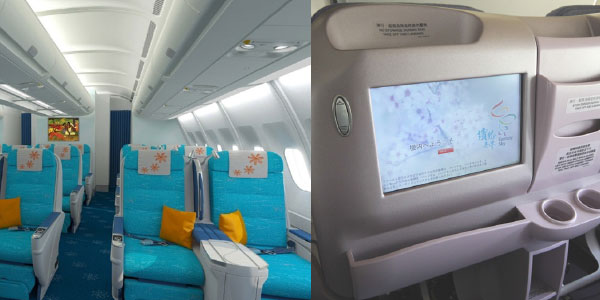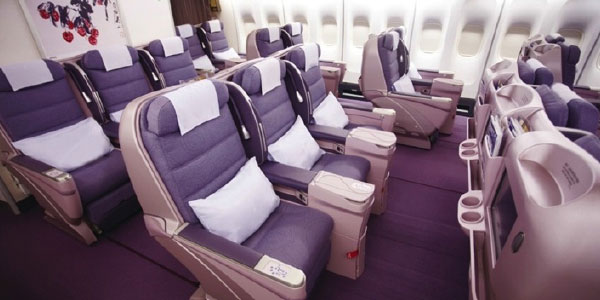
The aircraft cabin is a universe apart. It is an exotic concoction of wildly expensive hardware, with long development lead times and complex safety requirements, plus ‘soft’ customer experience elements that must be quickly modified to meet changing market demand and/or financial realities. The product is delivered by staff who may have varying levels of polish or enthusiasm. And, the whole affair is influenced by many different groups both inside and outside the airline: top management, marketing, engineering, finance, operations, unions, airport operators, the government regulatory authority and lobbyists. And, in the social media age, the airline’s image is largely owned and shaped by the public. The “ands” go on and on.
With so many variables influencing brand perception, airlines need to be laser-focused on communicating their brand at every touchpoint, delivering crystal clear differentiation with ruthless consistency. Inside the cabin, recently developed and certified materials are allowing airlines to incorporate innovative visual or tactile qualities in fabrics, carpets, curtains, seat shells, decorative laminates on walls and partitions and non-textile flooring, plus vastly improved lighting.
Delivering a unique cabin environment

Airlines have more ways than ever to better communicate their brand attributes. For example, fabrics whose appearance changes depending on angle of view, seat shells with a silk-like texture, a wood or stone look on lavatory flooring, translucent plastics and mood lighting. Sometimes even the not-very-sexy seatbelt can, in just the right colour, communicate a particular quality or attitude of the brand.
The cabin interior industry has made huge advances in the development of materials that look stunning, can be installed and maintained without breaking the bank, and pass all regulatory requirements. This is truly no small feat. And yet many passengers, particularly in the US, might say “they all look the same to me”.
Above the challenge of designing the ‘wow’ into the cabin is the more formidable task of convincing top management to embrace change. At airlines like Emirates, Etihad, Singapore Airlines and Virgin Atlantic, top management is very closely involved with the cabin design project, and is driven by a passion to be unique and better than the competition. They also have a deep understanding of their core customer and the importance of a holistic view of customer experience. At other airlines, however, envelope-pushing design ideas often get diluted down to the lowest common denominator.
The bottom line? Intense competition, increased brand segmentation and cross-border liberalisation necessitate a non-stop commitment to infusing ‘wow’ into the in-flight experience. Airlines have much to gain by thinking out of the box in cabin design and in-flight product development, and many are doing so. The key to raising loyalty and yield is a corporate culture that promotes constant innovation, starting at the very top of the company.

In the FTE ‘Up in the Air’ conference, which will take place as part of FTE Global 2013, 4-6 September, Las Vegas, Daniel Baron, Managing Director of LIFT Strategic Design, will be among the panellists in a session entitled ‘What will be the methods by which airlines deliver a truly unique experience in-flight that also embodies their brand?’.







